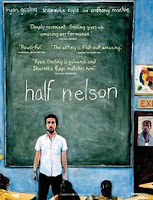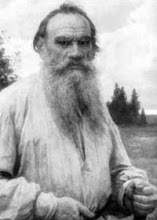 Does this film have a "message"? If so, what do you think it is? In the film, Mr. Dunn teaches his students about Hegelian dialectics and opposing forces in history. In what way do we see these factors at work within the lives of the characters in the story? What is your opinion of the film's presentation of Dunn's moral leadership? What commentary does the film make about human behavior, society, and moral choices? Typically these teacher movies tend to present a white teacher going into an inner city school to "save" students of color, but this film obliterates that narrative; how do you feel about this retelling? Which character does the "saving"? Feel free to interject any of your own questions into the conversation...
Does this film have a "message"? If so, what do you think it is? In the film, Mr. Dunn teaches his students about Hegelian dialectics and opposing forces in history. In what way do we see these factors at work within the lives of the characters in the story? What is your opinion of the film's presentation of Dunn's moral leadership? What commentary does the film make about human behavior, society, and moral choices? Typically these teacher movies tend to present a white teacher going into an inner city school to "save" students of color, but this film obliterates that narrative; how do you feel about this retelling? Which character does the "saving"? Feel free to interject any of your own questions into the conversation...
Tensions in Latin America Rise as U.S. Threatens Venezuela & Colombia
-
In recent weeks, the United States has conducted several deadly airstrikes
on alleged drug boats in the Caribbean Sea, which the Trump administration
has c...
1 hour ago
